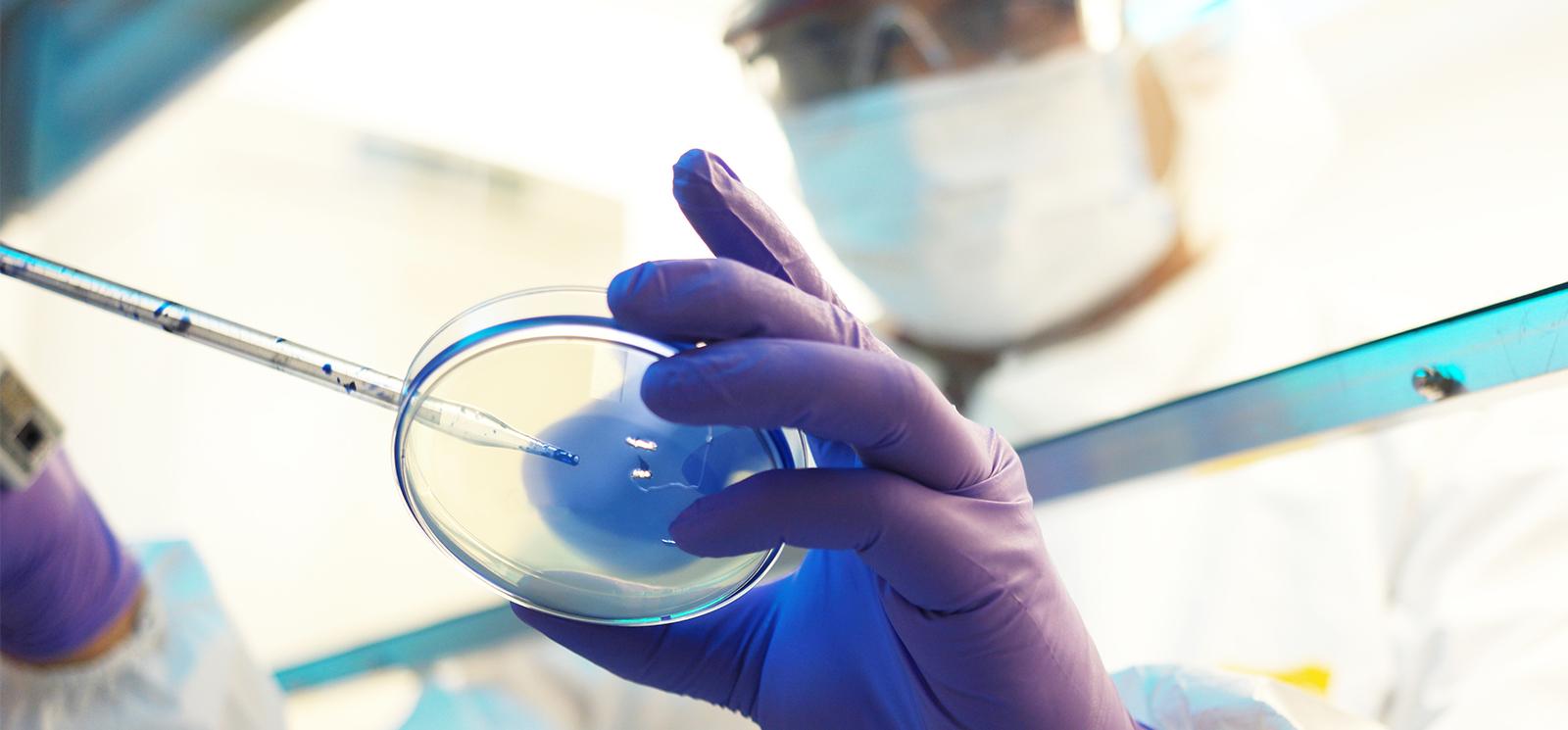Unleashing the Power of Diagnostic Tests in the Fight Against Antibiotic Resistance
Overview
- Antibiotic Resistance: A Global Crisis
- What are Diagnostic Tests?
- The Role of Diagnostics in Curbing Resistance
Antibiotic Resistance: A Global Crisis
The discovery of antibiotics was heralded as one of the greatest medical discoveries in modern history and the drugs quickly became the cornerstone of modern medicine. Yet after 80 years of significant overuse in human medicine and agriculture, antibiotics are losing their effectiveness. It is estimated that up to 50% of all prescribed antibiotics are either not needed—such as antibiotics given to treat viral infections—or are not properly “matched” to the bacteria they’ve been prescribed to treat, and therefore are not as effective as they could be.2
This has led to a sharp increase in drug-resistant infections around the world. As a result, antibiotic resistance is now one of the greatest public health threats of our time, with substantial impacts on people, health care systems and economies worldwide. Without urgent action, it is estimated that by 2050, 10 million people a year will die from drug-resistant infections and $100 trillion in global economic productivity will have been lost over that time period.3
Addressing antibiotic resistance requires a coordinated global response. In September 2016, the United Nations General Assembly took up the issue for the first time by adopting a UN declaration4, signed by all 193 member states, on the importance of combating antibiotic resistance. It noted: “no one country, sector or organization can address this issue alone”5 and called for better promotion of existing diagnostic tests as well as the need to develop and fund new diagnostic tools.6
What are Diagnostic Tests?
Diagnostic tests are a critical component in any strategy to reduce antibiotic resistance. Diagnostic tests can help clinicians decide whether an antibiotic will cure an infection and which specific drug will work best. This could dramatically reduce unnecessary antibiotic use and improve patient care.
There are many safe and effective diagnostic tests available to health care professionals today. These tests—performed in laboratories, at the hospital bedside, in medical clinics, and in the home—improve quality of care, promote wellness and often reduce health care costs.
Diagnostic tests are an integral component of health care and an important part of the fight against antimicrobial resistance. Diagnostic tests can be used to quickly distinguish between infections that require treatment and those that do not—such as viral infections—in order to determine the appropriate treatment strategy. Rapid, point-of-care tests can quickly inform physicians’ decisions on what antibiotics, if any, are most appropriate for the treatment of their patients—before they leave the physicians’ offices. These tests are critical in defining the pathway for improved patient care. More frequent use of diagnostic tests to inform treatment decisions will reduce unnecessary use of antibiotics and therefore slow down antimicrobial resistance. Furthermore, the value of diagnostic tests continues to increase as manufacturers develop new and improved tests that help doctors quickly identify infections, predict health outcomes, and choose the most effective treatment options.
The Role of Diagnostics in Curbing Resistance
In many cases, health care professionals prescribe antibiotics based on just their professional judgment and immediate assessment of a patient. As a result, patients frequently are given antibiotics that are unnecessary or may be ineffective.8 In fact, at least 30% of antibiotics prescribed in the United States are unnecessary,9 and the percentage of antibiotics unnecessarily prescribed in the rest of the world is estimated to be even higher. Diagnostic tests can help health care professionals determine when to start, and importantly, when to stop antibiotics, ensuring that patients only receive these powerful drugs when they need them. This could substantially improve patient care and help slow antibiotic resistance.
Antimicrobial resistance is a massive global public health challenge, and the increased use of currently available diagnostic tests and the development of new, rapid diagnostic tests are critical parts of the solution.
This page's content was created in partnership between AdvaMedDX and Antibiotic Resistance Action Center.
References
- World Health Organization. WHO’s First Global Report on Antibiotic Resistance Reveals Serious, Worldwide Threat to Public Health. N.p., 30 Apr. 2014. Web. http://www.who.int/mediacentre/news/releases/2014/amr-report/en/.
- Antibiotic Resistance Threats in the United States, Centers for Disease Control and Prevention, accessed November 1, 2016 at http://www.stepaheadmicro.com/cmss_files/attachmentlibrary/my-role-matte....
- Review on Antimicrobial Resistance, Tackling a Crisis for the Future Health and Wealth of Nations, December 2014 https://amr-review.org/sites/default/files/160525_Final%20paper_with%20c....
- United Nations. At UN, Global Leaders Commit to Act on Antimicrobial Resistance. N.p., 21 Sept. 2016. Web. http://www.un.org/pga/71/2016/09/21/press-release-hl-meeting-on-antimicr....
- Ibid.
- Draft Political Declaration of the High-level Meeting of the General Assembly on Antimicrobial Resistance. 21 Sept. 2016. United Nations, New York City. http://www.un.org/pga/71/wp-content/uploads/sites/40/2016/09/DGACM_GAEAD....
- Press Release, October 23, 2015: Jim O’Neill calls for new rapid diagnostics to stop unnecessary use of antibiotics and tackle superbugs http://bit.ly/2ihGIZ4
- O’Neill, Jim. Tackling Drug-Resistant Infections Globally: Final Report and Recommendations. Rep. N.p.: n.p., 2016. Print.
- Fleming-Dutra KE, Hersh AL, Shapiro DJ, et al. Prevalence of Inappropriate Antibiotic Prescriptions Among US Ambulatory Care Visits, 2010 –2011. JAMA. 2016;315(17):1864 –1873.
